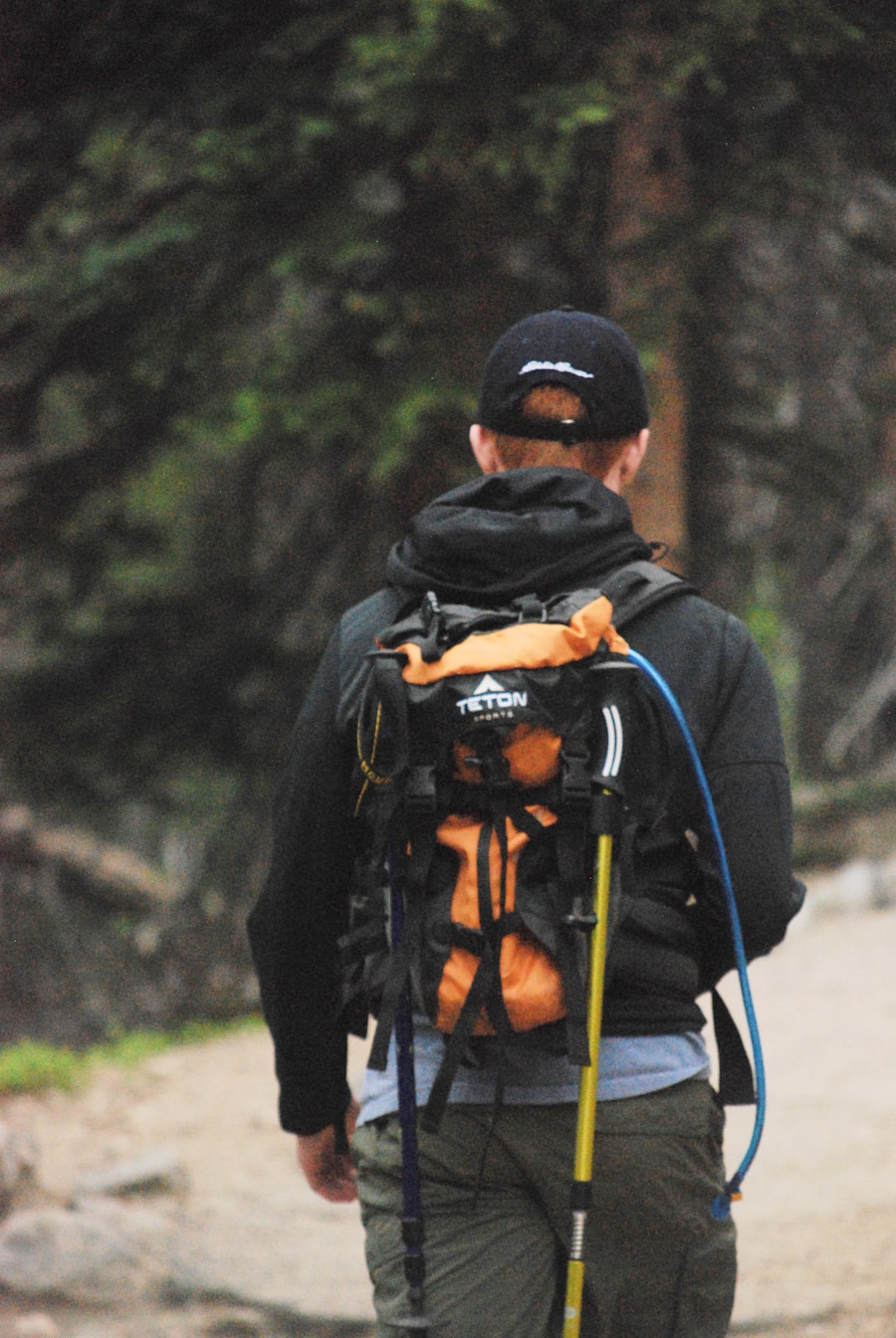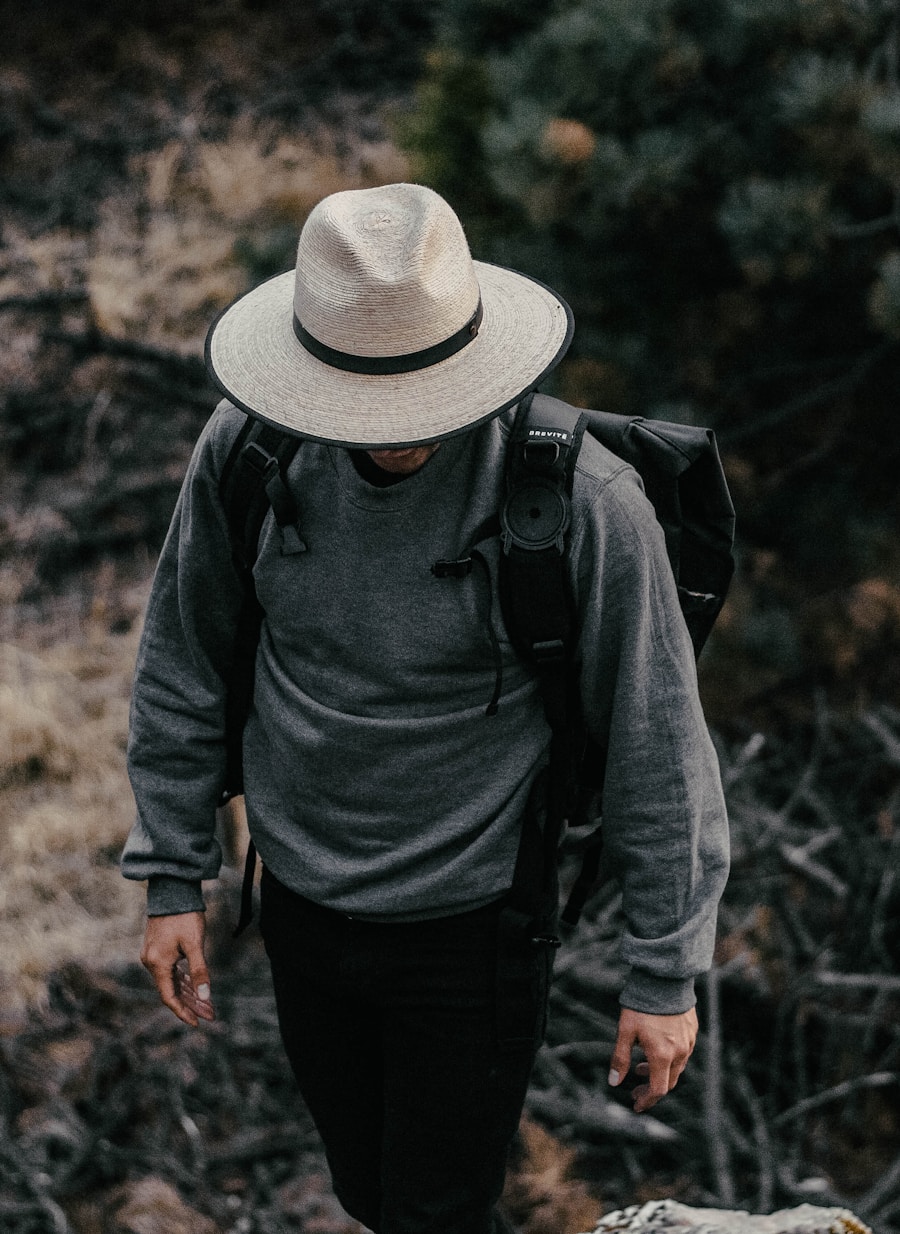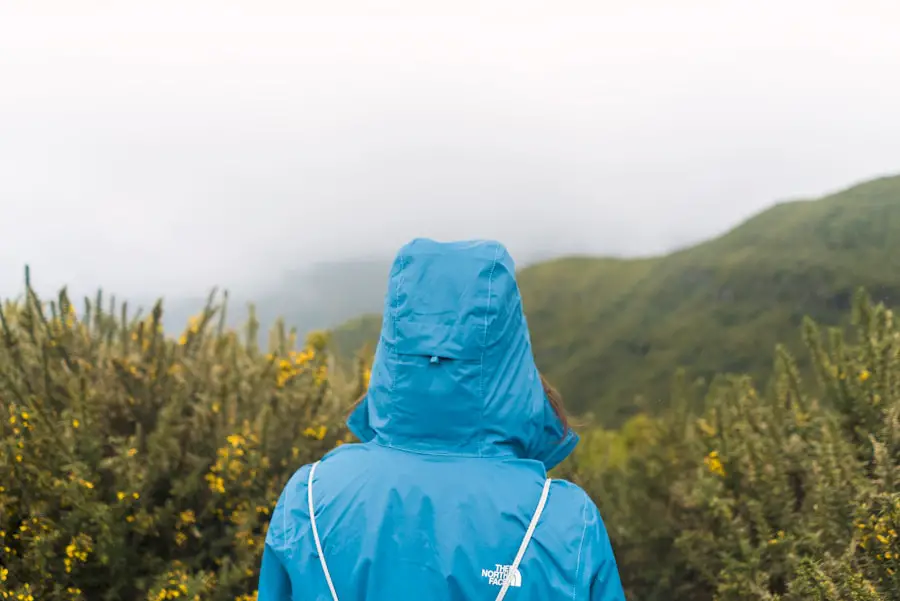Selecting the appropriate footwear is one of the most critical decisions a hiker can make. The right shoes or boots can significantly enhance comfort, stability, and safety on the trails. When considering footwear, it is essential to evaluate the terrain you will be traversing.
For instance, if your hiking plans involve rocky paths or steep inclines, a sturdy pair of hiking boots with good ankle support and a rugged sole is advisable. These boots often feature a higher cut that provides additional support to the ankle, reducing the risk of sprains on uneven ground. Brands like Merrell and Salomon offer models specifically designed for challenging terrains, incorporating advanced technologies for grip and durability.
Conversely, if your hike is more casual or involves well-maintained trails, lightweight hiking shoes or trail runners may suffice. These options are generally more breathable and flexible, allowing for greater agility and comfort over long distances. Trail runners, in particular, have gained popularity among hikers who prioritize speed and lightness.
However, it is crucial to ensure that whatever footwear you choose fits well; a proper fit can prevent blisters and discomfort. Trying on shoes with the socks you plan to wear during your hike can help ensure that you achieve the best fit possible. Additionally, consider breaking in new footwear before embarking on a long hike to avoid painful surprises.
Key Takeaways
- Choose footwear with good ankle support and traction for stability on the trails.
- Layer clothing for comfort and protection from changing weather conditions.
- Opt for moisture-wicking fabrics to keep sweat away from the skin and stay dry.
- Protect yourself from the sun with a wide-brimmed hat, UV-blocking sunglasses, and sunscreen.
- Pack essential accessories like a backpack, hat, and gloves for convenience and comfort on the trails.
- Select socks with cushioning and moisture-wicking properties for added comfort and blister prevention.
- Invest in quality rain gear to stay dry and comfortable during unexpected showers on the trails.
- Consider special cold weather gear like insulated jackets and waterproof boots for winter hiking.
Layering for Comfort and Protection
Layering is a fundamental principle in outdoor clothing that allows hikers to adapt to changing weather conditions while maintaining comfort. The layering system typically consists of three main layers: a base layer, an insulating layer, and an outer shell. The base layer is designed to wick moisture away from the skin, keeping you dry and comfortable.
Materials such as merino wool or synthetic fabrics like polyester are excellent choices for this layer, as they provide breathability and quick-drying properties. The insulating layer serves to retain body heat, which is particularly important in cooler temperatures. Fleece jackets or down vests are popular options for this layer, as they offer warmth without excessive bulk.
When selecting an insulating layer, consider the climate and your personal comfort level; some individuals may prefer heavier insulation while others may opt for lighter options that allow for greater mobility. The outer shell is your first line of defense against wind and rain. Look for jackets made from waterproof or water-resistant materials that also offer breathability to prevent overheating during strenuous activity.
The Importance of Moisture-Wicking Fabrics

Moisture-wicking fabrics play a pivotal role in outdoor activities by managing sweat and keeping the body dry. When hiking, the body naturally produces sweat as a response to physical exertion, and if this moisture remains trapped against the skin, it can lead to discomfort and even hypothermia in colder conditions. Fabrics engineered for moisture-wicking are designed to pull sweat away from the skin and disperse it across the surface of the fabric, where it can evaporate more easily.
Synthetic materials such as polyester and nylon are commonly used in moisture-wicking clothing due to their lightweight nature and quick-drying capabilities. Merino wool is another excellent option; it not only wicks moisture but also has natural antibacterial properties that help reduce odor. When choosing hiking apparel, look for labels that indicate moisture-wicking technology; this feature is particularly beneficial for base layers worn close to the skin.
By investing in moisture-wicking fabrics, hikers can enhance their overall experience by staying dry and comfortable throughout their journey.
Sun Protection: Hats, Sunglasses, and Sunscreen
| Product | SPF | UV Protection | Water Resistant |
|---|---|---|---|
| Sunscreen | 30 | Broad Spectrum | Yes |
| Hats | N/A | UPF 50+ | No |
| Sunglasses | N/A | 100% UV Protection | No |
When venturing outdoors, especially during long hikes under the sun, protecting oneself from harmful UV rays is paramount. A wide-brimmed hat serves as an effective barrier against direct sunlight, shielding the face, neck, and ears from potential sunburn. Hats made from lightweight, breathable materials are ideal for hiking as they provide comfort while ensuring adequate ventilation.
Some hats even come with built-in UV protection ratings, offering an extra layer of defense against sun exposure. Sunglasses are another essential accessory for sun protection on the trails. They not only shield the eyes from harmful UV rays but also reduce glare from reflective surfaces such as water or snow.
When selecting sunglasses for hiking, look for polarized lenses that enhance visibility and reduce eye strain. Additionally, consider sunglasses with wraparound designs to provide maximum coverage against peripheral sunlight. Sunscreen should not be overlooked; applying a broad-spectrum sunscreen with an SPF of at least 30 on exposed skin is crucial for preventing sunburns during extended outdoor activities.
Reapplication every two hours or after swimming or sweating is necessary to maintain effective protection.
Packing Essential Accessories: Backpacks, Hats, and Gloves
When preparing for a hike, packing the right accessories can make a significant difference in your overall experience. A well-fitted backpack is essential for carrying all necessary gear while ensuring comfort during your trek. Look for backpacks designed specifically for hiking that offer features such as padded shoulder straps, adjustable hip belts, and multiple compartments for organization.
The size of the backpack will depend on the length of your hike; day hikes typically require smaller packs (20-30 liters), while multi-day excursions may necessitate larger options (50 liters or more). In addition to backpacks, hats and gloves are vital accessories that can enhance comfort and protection on the trails. As previously mentioned, hats provide sun protection; however, they can also help keep you warm in cooler weather when made from insulating materials.
Gloves are equally important; they protect your hands from cold temperatures and rough terrain while providing grip when handling equipment or navigating challenging paths. Lightweight gloves made from breathable materials are ideal for warmer hikes, while insulated gloves are necessary for colder conditions.
Selecting the Right Socks

The choice of socks can significantly impact your hiking experience, as they play a crucial role in foot comfort and blister prevention. When selecting socks for hiking, prioritize those made from moisture-wicking materials that keep feet dry by drawing sweat away from the skin. Wool socks are often favored by hikers due to their natural moisture-wicking properties and ability to regulate temperature; they keep feet warm in cold conditions while remaining breathable in warmer weather.
Additionally, consider the thickness of the socks based on your footwear choice and hiking conditions. Thicker socks provide extra cushioning and warmth but may require a larger shoe size to accommodate them comfortably. Conversely, thinner socks offer less bulk but may not provide sufficient insulation in colder climates.
It’s also essential to choose socks with reinforced areas such as heels and toes for added durability during long hikes. Finally, ensure that your socks fit well without being too tight or too loose; this will help prevent blisters caused by friction during movement.
Rain Gear: Staying Dry on the Trails
Weather can be unpredictable in many hiking regions, making rain gear an essential component of any hiker’s packing list. A high-quality waterproof jacket is crucial for staying dry during unexpected downpours. Look for jackets made from breathable materials that allow moisture from sweat to escape while keeping rain out; this feature helps prevent overheating during physical activity.
Many outdoor brands offer jackets with adjustable hoods and cuffs to provide a snug fit that keeps water from seeping in. In addition to jackets, waterproof pants can be beneficial for keeping legs dry during wet conditions. These pants should be lightweight and packable so they can be easily stowed in a backpack when not in use.
Waterproof footwear is also important; consider investing in shoes or boots with waterproof membranes that keep feet dry while allowing breathability. Gaiters can be an excellent addition as well; they provide extra protection against water entering through the tops of boots while also shielding against mud and debris on the trail.
Special Considerations for Cold Weather Hiking
Hiking in cold weather presents unique challenges that require careful planning and preparation to ensure safety and comfort. One of the most critical aspects of cold-weather hiking is dressing appropriately in layers that can be adjusted based on activity level and temperature changes throughout the day. In addition to the standard layering system mentioned earlier, consider incorporating specialized cold-weather gear such as insulated jackets or thermal base layers designed specifically for low temperatures.
Footwear becomes even more crucial in cold conditions; insulated boots with good traction are essential for navigating icy or snowy trails. Additionally, using gaiters can help keep snow out of boots while providing extra insulation around the ankles. Accessories such as neck gaiters or balaclavas can protect exposed skin from harsh winds and freezing temperatures while maintaining warmth.
Hydration is another vital consideration when hiking in cold weather; many hikers underestimate their fluid needs in cooler temperatures but may still become dehydrated due to exertion and dry air conditions. Carrying insulated water bottles can help prevent liquids from freezing while ensuring you have access to hydration throughout your hike. By taking these special considerations into account, hikers can enjoy their outdoor adventures even in challenging winter conditions without compromising safety or comfort.
If you’re planning a hiking trip, it’s important to know what to wear to ensure your comfort and safety on the trails. For more tips on outdoor clothing, check out this article on the best time to travel to New Zealand: a seasonal guide. This article provides valuable information on the best clothing choices for different seasons in New Zealand, which can also be helpful for planning your hiking attire.
FAQs
What should I wear for hiking?
When going hiking, it’s important to wear moisture-wicking clothing to keep you dry and comfortable. This includes a moisture-wicking base layer, a breathable and lightweight shirt, and quick-drying pants or shorts. It’s also important to wear sturdy and supportive hiking boots or shoes.
What type of socks should I wear for hiking?
For hiking, it’s best to wear moisture-wicking socks that are made of wool or synthetic materials. These socks will help keep your feet dry and prevent blisters.
Should I wear a hat while hiking?
Wearing a hat while hiking is a good idea, especially if you’ll be exposed to the sun for long periods of time. A wide-brimmed hat can help protect your face and neck from the sun’s rays.
What type of jacket should I bring for hiking?
It’s important to bring a lightweight and waterproof jacket when hiking, as weather conditions can change quickly. Look for a jacket that is breathable and has adjustable features for ventilation.
Do I need to wear sunscreen while hiking?
Yes, it’s important to wear sunscreen while hiking to protect your skin from the sun’s harmful rays. Choose a sunscreen with a high SPF and reapply it regularly, especially if you’ll be sweating or swimming.
Should I wear sunglasses while hiking?
Wearing sunglasses while hiking is important to protect your eyes from the sun’s glare and harmful UV rays. Look for sunglasses that offer 100% UV protection and are designed for outdoor activities.
